Outdoor pumpkin formation: when to start and how to pinch correctly
As a rule, most gardeners grow pumpkin almost without caring for it, except perhaps watering, let alone pinching.
However, if you notice that despite a sufficiently large number of ovaries, you end up collecting very few fruits, or they are all too small, then it's time to start pinching the shoots in order to artificially stop the growth of the lash and direct the plant's forces to ripening the set fruits.
Next, you will learn how to properly shape a pumpkin to get a good harvest.
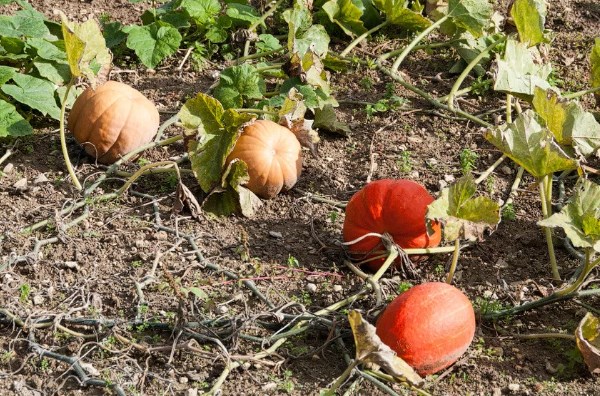
Content
Why shape a pumpkin
If you want fruit on pumpkin bushes guaranteed to ripen to frost and you got high-quality harvest (pumpkins gained varietal weight and sweetness), they must be properly formed (pinching the lashes).
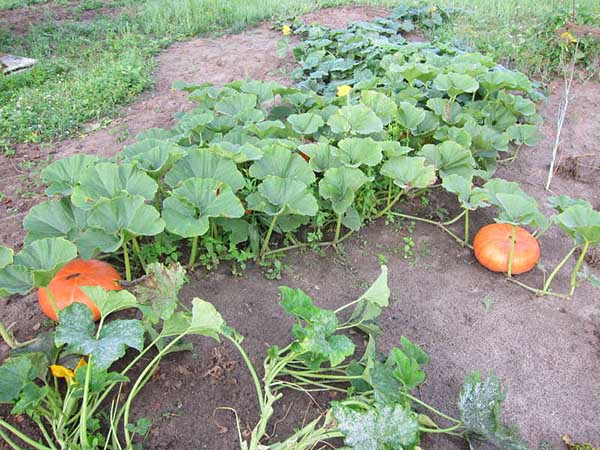
Note! If you do not limit the shoots in time, the lashes will continue to grow, more ovaries will form on them, and the previous, already formed (set) fruits may simply stop developing.
When and how to form a pumpkin correctly
Of course, different varieties and hybrids of pumpkin require different shaping. Moreover, climatic conditions also leave their mark. Therefore, you need to clearly know when exactly the first frosts usually occur in your area.
In general, in the warm southern regions, no one resorts to any kind of shaping, because even without it, everything keeps up perfectly (gaining weight and sweetness).
Pinching shoots and normalizing ovaries
The pinching procedure consists in removing the growth point of the shoot (lash), in other words, its top (crown).
Advice! The pinching itself is convenient to perform pruning shears or scissors.
Of course, you can do this with your hands, but if you damage the shoot, then all the forces of the plant will go to healing wounds, and not to pouring fruits.
As for the timing, the pumpkin pinching is performed immediately after the fruits are pollinated, in other words, start the first small pumpkins form and grow in size, those. around the end of July and the first half of August.
Wherein every whip need to pinch, leaving a certain amount of leaves after the fruit (also saying "pinch after 4-6 sheets"):
- for small-fruited - 2-3 pieces;
- for large-fruited - 5-6 pieces.
If you do not know what kind of grade you have, then on average, four leaves should be left after the fetus and only after that pinch (cut) the lash.
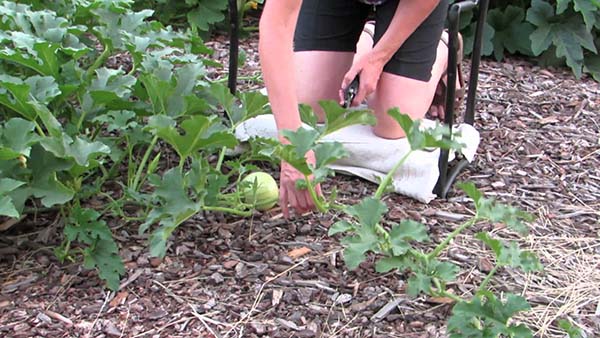
Why is it important to leave leaves after the fruit?
- The fact is that the remaining leaves after the fruit should be enough for the photosynthesis of the plant (ripening of its fruits).
Note! If you leave only 2-3 leaves (or even more so 1) in a large-fruited pumpkin after the fruit, then they are clearly not enough to provide food for large fruits, but for small (1-1.5 kilogram) ones - quite!
As for the number of lashes and ovaries on them, then only 1 ovary should be left for 1 lash (relevant for large-fruited varieties), otherwise the next ovaries will pull food on themselves and the previous ones - they can simply rot and fall off.
If the plant gives many lashes, then on every whip should be left no more than 2 fruits (relevant for small and medium-sized fruits)pinching a point to the growth after the last one.
Thus, in the conditions of the Middle zone (Moscow region):
- in large-fruited varieties (from 5 kg or more), it is recommended to leave 1 fruit per 1 lash and no more than 3-4 fruits per 1 plant;
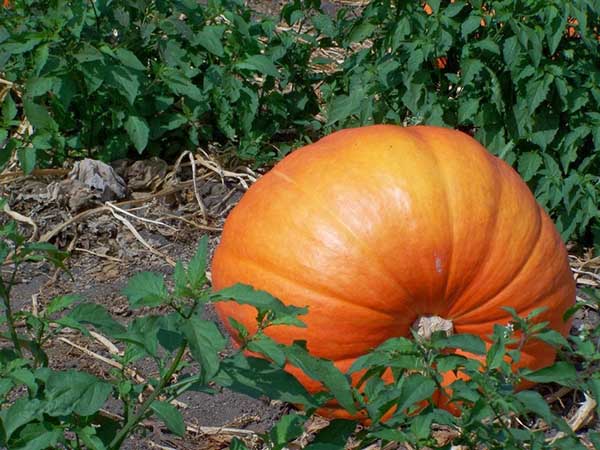
- in medium-sized ones (2-4 kg) - 1-2 fruits per 1 lash and no more than 4-8 fruits per 1 plant.
- for small-fruited (up to 1.5 kg) - 2 fruits per 1 lash and no more than 10-12 fruits per 1 plant.
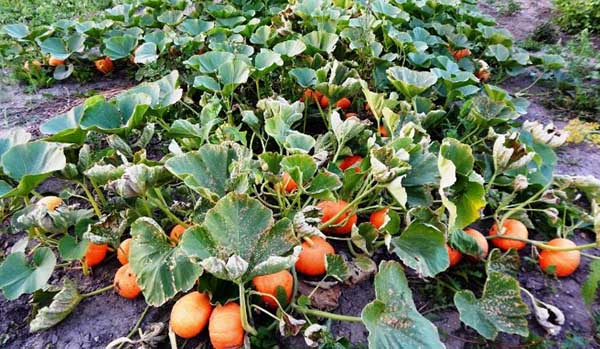
If, after pinching, ovaries continue to form on the left lashes, then they will also need to be plucked (removed).
And here removing male flowers (barren flowers) is not at all necessary: their presence has no effect on the yield.
Stealing
Grasshopping is the process of removing excess lateral shoots.
After you pinch the lash, the stepson's (side) shoots will begin to grow almost immediately, which you should promptly remove (so that the plant does not overgrow) so that the plant does not waste its energy and nutrition on them (there are usually no fruits on them, and they are Not needed).
Pruning leaves
The leaves should not overly cover the fruit from the sun's rays, so the excess (shading) should be trimmed or carefully torn off. However, they usually disintegrate themselves over time on the sides, and the fruits are well lit.
Remember! In this matter, you cannot overdo it, because the pumpkin gets its nutrition from the leaves.
Well, if you want to increase the pumpkin yield, then it's time to understand the rules for its formation, pinch in time and look at the results. Good luck!
Video: how to form a small-fruited pumpkin

